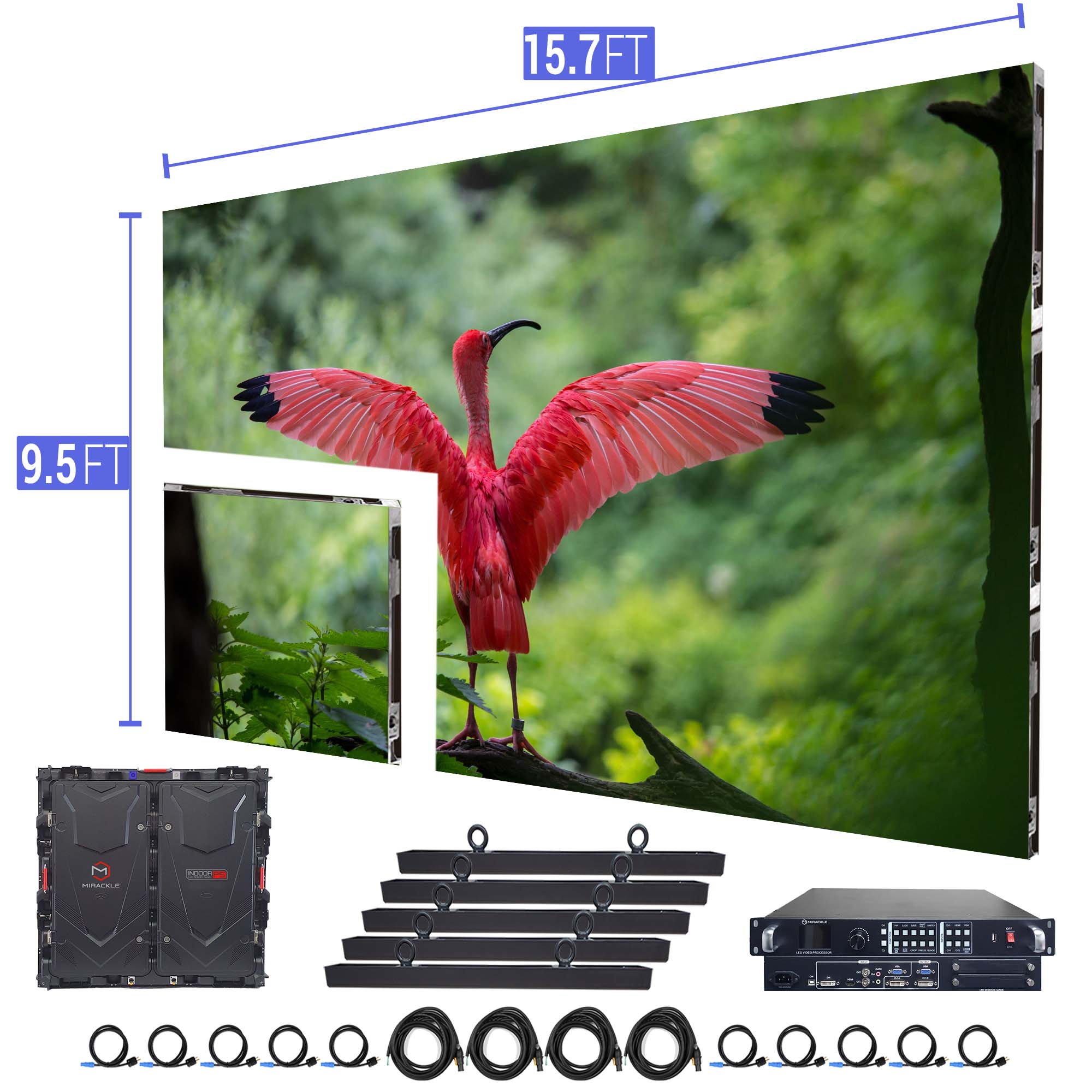
Classic screen methods, like CRTs, have been around for numerous decades. They were commonly used in TVs and PC monitors. However, CRTs have a limited duration, typically lasting approximately 10,000 to 20,000 hours of operation. This means that after a few years, consumers may notice a decline in image quality, such as dimming or hue deformation. In contrast, LED panel screens can last significantly longer, often exceeding 50,000 hrs. This extended lifespan means that consumers can experience reliable performance without the need for regular substitutions.
Another important aspect to take into account is energy efficiency. LED panel screens consume less power than conventional displays, which not only helps the ecosystem but also lowers electricity expenses. For example, while a CRT monitor may consume approximately 100 watts of power, an LED screen can use as little as 30 to 50 W. This difference in power consumption adds to the total longevity of LED technology, as reduced energy usage generates less thermal energy. Excess heat can damage electrical parts, leading to a shorter duration for conventional screens.
In addition to their extended lifespan and energy conservation, LED panel panels also offer superior visual quality. They offer more vivid hues and improved contrast, making them perfect for multiple applications, from advertising to learning presentations. The technology behind LED panels allows for a broader sight perspective, meaning that images remain sharp and lively even when viewed from the flank. This is a significant advantage over traditional screens, which frequently experience from color distortion and reduced luminosity at broader perspectives.
In summary, the longevity of LED wall panels compared to conventional screen methods is a key factor for consumers to take into account. With durations that can surpass 50,000 hours, energy conservation, and enhanced visual quality, best site LED innovation offers many advantages. As innovation continues to advance, LED wall panels are likely to become even more common in multiple environments. Grasping these distinctions can help individuals and organizations make improved choices when purchasing in screen innovation, guaranteeing they get the best value for their needs.